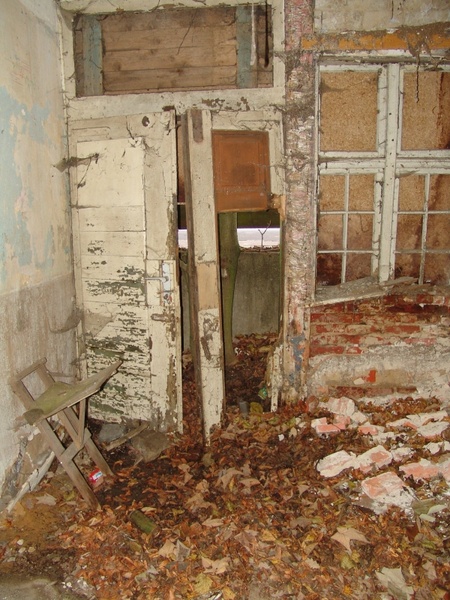 |
| News Source: http://www.canadianmortgageupdates.ca/ |
A full time rehab investor needs to manage the four phases of every deal. Becoming a rehab millionaire means having at least 16 deals in work every month and maybe more. Four deals turning a $20,000 profit each month will bring in $960,000 each year. If you’re only turning two houses each year, you’re going to need to keep your day job.
If you want to be a serious, full time, professional real estate investor, you shouldn’t be swinging a hammer or even licking envelopes, you need to be managing a team that is doing the work for you.
The Million Dollar Pipeline There are four major categories to your million dollar real estate pipeline . You should have four properties in each category at any given time. During each month, you should be purchasing four houses, which immediately go into the rehab phase. On an average of once a week, you should have one property finishing rehab and going onto the market. At the same time, you should be collecting a paycheck approximately once a week as your investments are sold to both pay you and invest in the next project.
The novice investor focuses all of his or her energy on one stage at a time. That’s an “onsie-twosie” investor. In other words, he or she may only do one or two deals in a given year. If that fits your goals then great! Go for it! But if you want to be a million dollar real estate investor, you’ll systematize the process to keep the pipeline full. You’ll have several projects going at the same time.
Have a Plan Having four deals in each phase will be a full time job managing your own business. You’ll need a system to keep it organized. You’re going to need a plan. Decide on your target market. Decide on your target buyer. Decide your price level to flip it. Organize your tools. Get your spreadsheets together. Decide how much time you are going to dedicate to this business. Line up your funds. Raise the capital to do your deals. Start making offers!
It all starts by putting the first deal together and then growing your business one deal at a time. Get started by finding some seed money and putting your effort into finding the right house to renovate. These are houses that sit on the market for months because the retail buyer wants a house that is already in “perfect” condition. Your job is taking the less than perfect house and turning it into the perfect house that retail buyers will pay you top dollar for.
Of course, you will have competition. There will be others fixing and flipping houses. The houses you want, won’t actually sit on the market for months. The aggressive real estate investor has a constant eye on everything coming onto the market. Making fast, low-ball offers for less than desirable houses is one of the secrets to success. Patience is another part of being successful. Your low-ball offers probably won’t be accepted right away. But when retail buyers don’t show any interest, your offer will become more attractive to sellers that either won’t fix the house or can’t afford to. A couple of months later they come back showing interest in your low-ball offer.
In summary, today is a great time to be in the fix and flip business. Just remember that it’s a means to an end. The income potential is very real. But in the end, it’s not only about the money. Once you have a system in place, the money will consistently roll in. You’ll have plenty of time to do, be, and have everything you want in life!

